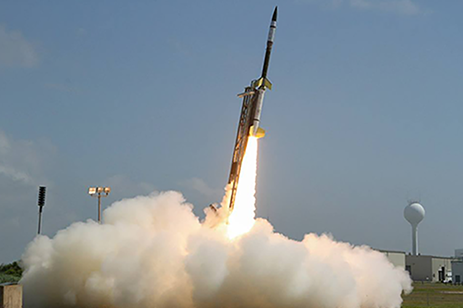
Sounding rockets can carry experiments to high altitudes (30 to 90 miles) that are often unsuitable for balloons and satellites. Because they do not require expensive boosters or extended telemetry and tracking coverage, sounding rockets are cost-effective platforms for suborbital experiments. In addition to being low cost, their mission payloads can be developed in a very short time frame, sometimes as quickly as 3 months, enabling scientists to react quickly to new phenomena and to incorporate the most up-to-date technology in their experiments.
Both commercial space companies and national space agencies, such as NASA and ESA, are seeking to cut costs and speed development by using commercial off-the-shelf (COTS) equipment to meet the needs of future space missions. This philosophy includes sounding rocket operators who are looking to offer a low price point in order to keep their sounding rocket services cost-competitive.
This case study outlines how an operator used a modular DAS to increase the flexibility of what data could be acquired during a mission. This was important to ensure that the new DAS could be reconfigured quickly to prevent it from delaying the scientific or experimental equipment’s data from being captured. The case study also shows how such a system could be implemented that met the harsh environmental conditions of a rocket mission without becoming too expensive.
Download the case study to learn more.